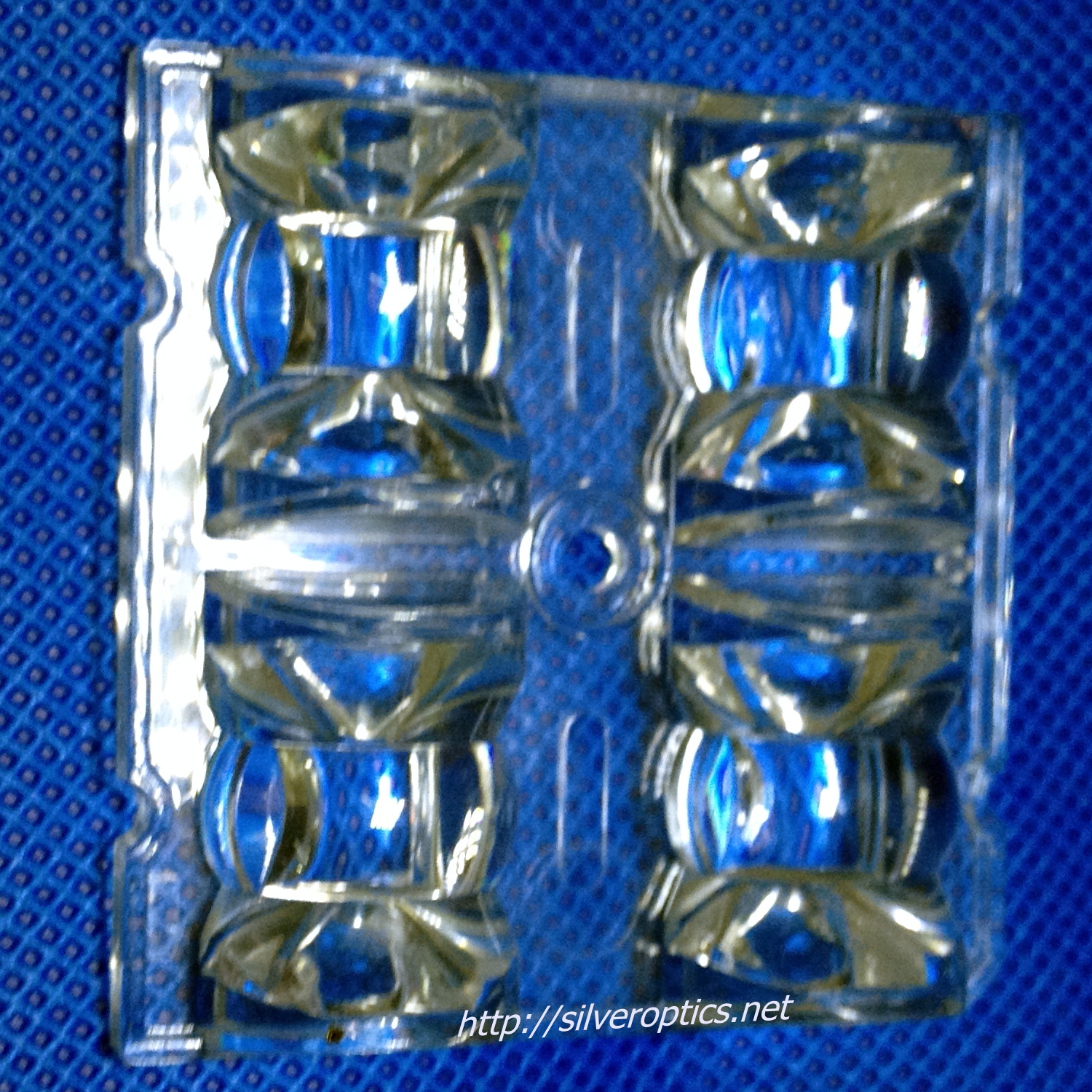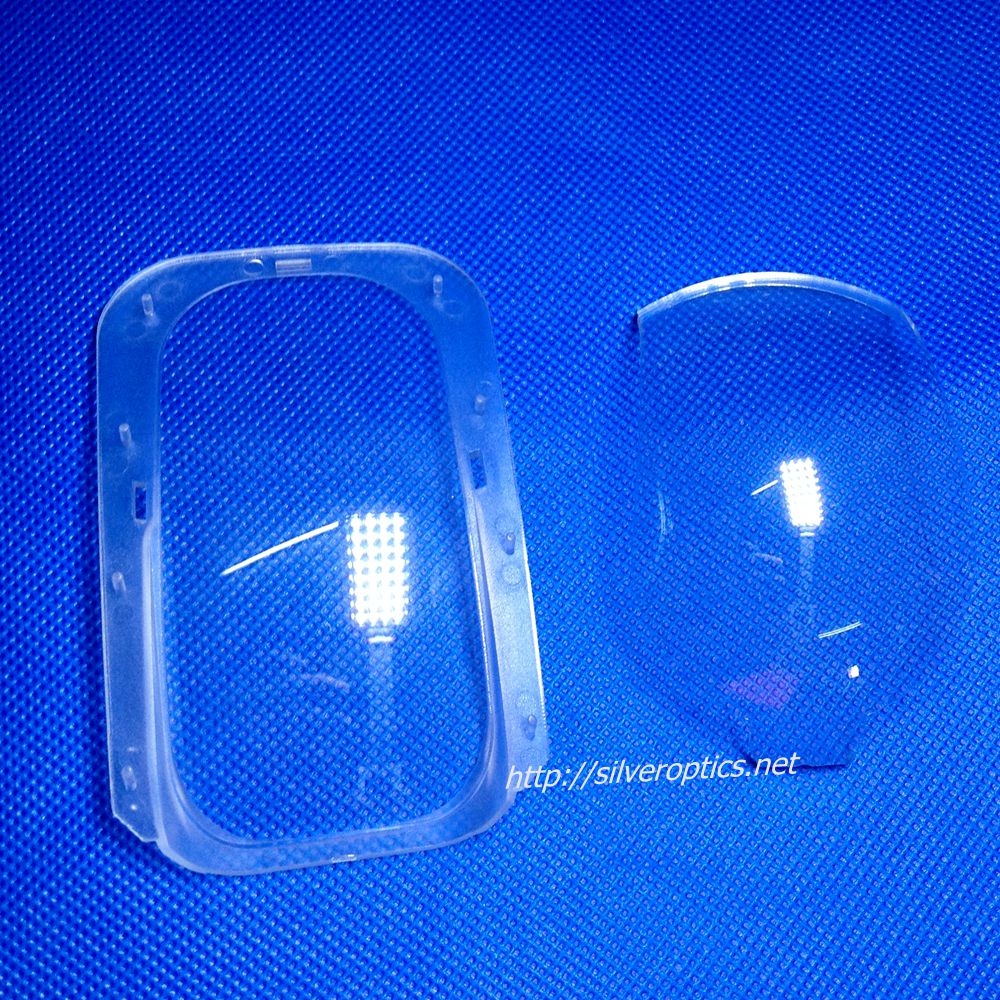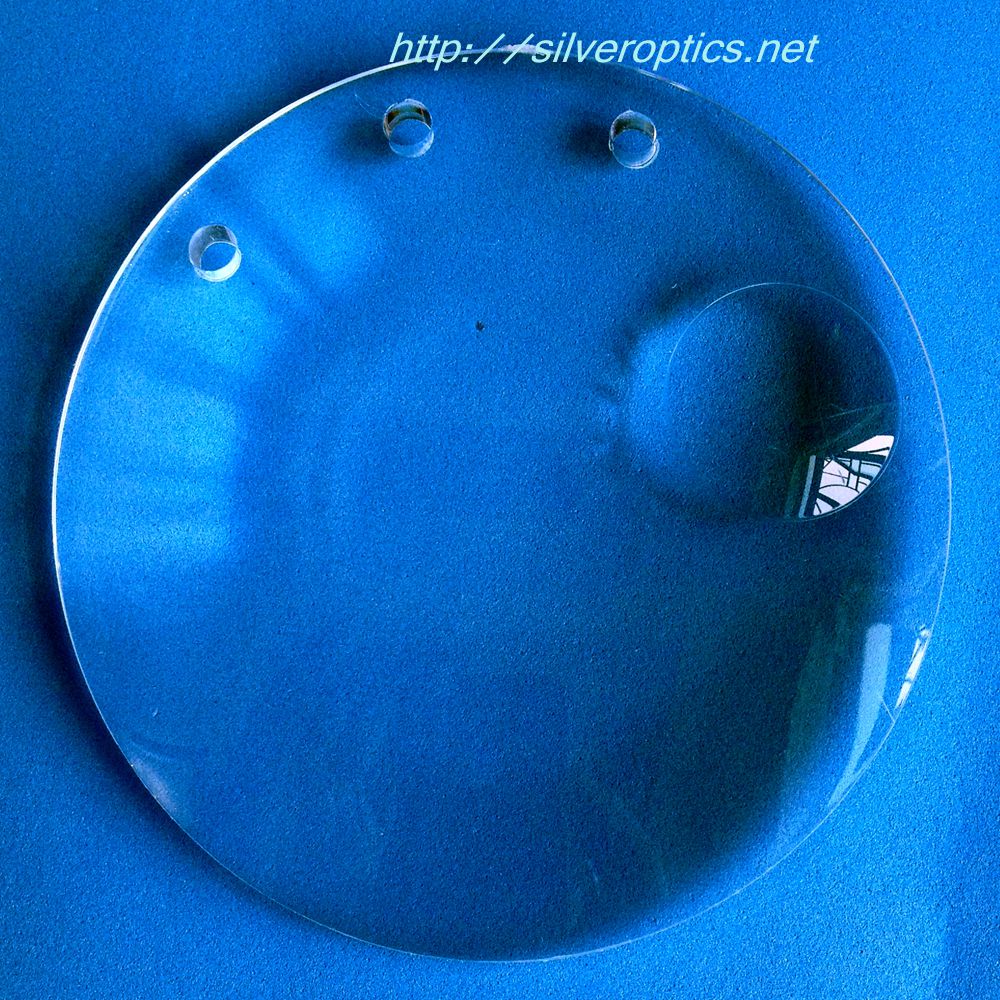"Combined lens" is a broad term that could refer to various types of lenses or optical systems where different optical elements are combined to achieve a particular function or correction. Here are a few examples of what "combined lens" could mean in different contexts:
1. **Progressive Lenses:** Progressive lenses, also known as multifocal or varifocal lenses, are a type of eyeglass lens that combines multiple optical powers seamlessly. Unlike bifocal lenses, which have a distinct line separating the near and distance correction areas, progressive lenses provide a gradual transition between different optical powers, allowing for clear vision at all distances, including intermediate distances. They're often used to correct presbyopia, the age-related loss of near vision.
2. **Photochromic Lenses:** Photochromic lenses, also known as transition lenses, are optical lenses that darken in response to sunlight and become clear again indoors. They contain special molecules that react to UV light, causing the lens to darken when exposed to sunlight and return to its clear state when UV light is no longer present. This combination of properties allows these lenses to provide both clear vision indoors and sun protection outdoors, eliminating the need for separate pairs of glasses.
3. **Anti-Reflective Coated Lenses:** Anti-reflective (AR) coatings are applied to optical lenses to reduce glare and reflections, improving visual clarity and comfort, especially during nighttime driving or computer use. These coatings are often combined with other lens treatments, such as scratch-resistant coatings or hydrophobic coatings, to enhance the durability and performance of the lens.
4. **High-Index Lenses:** High-index lenses are optical lenses made from materials with a higher refractive index than standard plastic lenses. This allows high-index lenses to bend light more efficiently, resulting in thinner and lighter lenses for individuals with higher prescriptions. These lenses can also be combined with other features like anti-reflective coatings or photochromic properties to provide additional benefits.
In each of these examples, the term "combined lens" refers to the integration of multiple optical elements or properties to achieve specific optical characteristics or functionalities. Depending on the context, there may be other interpretations of "combined lens," so it's essential to consider the specific application or use case in question.
1. **Progressive Lenses:** Progressive lenses, also known as multifocal or varifocal lenses, are a type of eyeglass lens that combines multiple optical powers seamlessly. Unlike bifocal lenses, which have a distinct line separating the near and distance correction areas, progressive lenses provide a gradual transition between different optical powers, allowing for clear vision at all distances, including intermediate distances. They're often used to correct presbyopia, the age-related loss of near vision.
2. **Photochromic Lenses:** Photochromic lenses, also known as transition lenses, are optical lenses that darken in response to sunlight and become clear again indoors. They contain special molecules that react to UV light, causing the lens to darken when exposed to sunlight and return to its clear state when UV light is no longer present. This combination of properties allows these lenses to provide both clear vision indoors and sun protection outdoors, eliminating the need for separate pairs of glasses.
3. **Anti-Reflective Coated Lenses:** Anti-reflective (AR) coatings are applied to optical lenses to reduce glare and reflections, improving visual clarity and comfort, especially during nighttime driving or computer use. These coatings are often combined with other lens treatments, such as scratch-resistant coatings or hydrophobic coatings, to enhance the durability and performance of the lens.
4. **High-Index Lenses:** High-index lenses are optical lenses made from materials with a higher refractive index than standard plastic lenses. This allows high-index lenses to bend light more efficiently, resulting in thinner and lighter lenses for individuals with higher prescriptions. These lenses can also be combined with other features like anti-reflective coatings or photochromic properties to provide additional benefits.
In each of these examples, the term "combined lens" refers to the integration of multiple optical elements or properties to achieve specific optical characteristics or functionalities. Depending on the context, there may be other interpretations of "combined lens," so it's essential to consider the specific application or use case in question.
1. **Progressive Lenses:** Progressive lenses, also known as multifocal or varifocal lenses, are a type of eyeglass lens that combines multiple optical powers seamlessly. Unlike bifocal lenses, which have a distinct line separating the near and distance correction areas, progressive lenses provide a gradual transition between different optical powers, allowing for clear vision at all distances, including intermediate distances. They're often used to correct presbyopia, the age-related loss of near vision.
2. **Photochromic Lenses:** Photochromic lenses, also known as transition lenses, are optical lenses that darken in response to sunlight and become clear again indoors. They contain special molecules that react to UV light, causing the lens to darken when exposed to sunlight and return to its clear state when UV light is no longer present. This combination of properties allows these lenses to provide both clear vision indoors and sun protection outdoors, eliminating the need for separate pairs of glasses.
3. **Anti-Reflective Coated Lenses:** Anti-reflective (AR) coatings are applied to optical lenses to reduce glare and reflections, improving visual clarity and comfort, especially during nighttime driving or computer use. These coatings are often combined with other lens treatments, such as scratch-resistant coatings or hydrophobic coatings, to enhance the durability and performance of the lens.
4. **High-Index Lenses:** High-index lenses are optical lenses made from materials with a higher refractive index than standard plastic lenses. This allows high-index lenses to bend light more efficiently, resulting in thinner and lighter lenses for individuals with higher prescriptions. These lenses can also be combined with other features like anti-reflective coatings or photochromic properties to provide additional benefits.
In each of these examples, the term "combined lens" refers to the integration of multiple optical elements or properties to achieve specific optical characteristics or functionalities. Depending on the context, there may be other interpretations of "combined lens," so it's essential to consider the specific application or use case in question.
1. **Progressive Lenses:** Progressive lenses, also known as multifocal or varifocal lenses, are a type of eyeglass lens that combines multiple optical powers seamlessly. Unlike bifocal lenses, which have a distinct line separating the near and distance correction areas, progressive lenses provide a gradual transition between different optical powers, allowing for clear vision at all distances, including intermediate distances. They're often used to correct presbyopia, the age-related loss of near vision.
2. **Photochromic Lenses:** Photochromic lenses, also known as transition lenses, are optical lenses that darken in response to sunlight and become clear again indoors. They contain special molecules that react to UV light, causing the lens to darken when exposed to sunlight and return to its clear state when UV light is no longer present. This combination of properties allows these lenses to provide both clear vision indoors and sun protection outdoors, eliminating the need for separate pairs of glasses.
3. **Anti-Reflective Coated Lenses:** Anti-reflective (AR) coatings are applied to optical lenses to reduce glare and reflections, improving visual clarity and comfort, especially during nighttime driving or computer use. These coatings are often combined with other lens treatments, such as scratch-resistant coatings or hydrophobic coatings, to enhance the durability and performance of the lens.
4. **High-Index Lenses:** High-index lenses are optical lenses made from materials with a higher refractive index than standard plastic lenses. This allows high-index lenses to bend light more efficiently, resulting in thinner and lighter lenses for individuals with higher prescriptions. These lenses can also be combined with other features like anti-reflective coatings or photochromic properties to provide additional benefits.
In each of these examples, the term "combined lens" refers to the integration of multiple optical elements or properties to achieve specific optical characteristics or functionalities. Depending on the context, there may be other interpretations of "combined lens," so it's essential to consider the specific application or use case in question.










